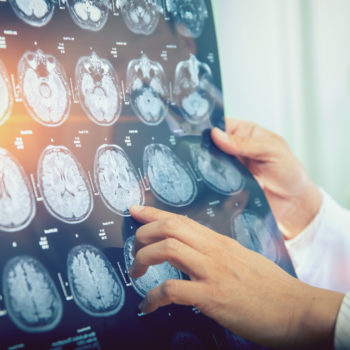What we call “memory” is the result of different mnesic systems but in continuous interaction with each other. The information, for example an image, must be integrated in a precise time and place with reference to themselves as participants in the event. For a “memory” to exist, a form of learning is necessary, as the information must be acquired and then kept in memory. That’s why continuously documenting our lives through photographs may not always help us remember them better. We talk about this topic with Dr. Lara Fratticci, neurologist at Humanitas.
Too many photos affect memory
In the age of social networking, taking millions of photos has become a common pastime. Everything is photographed: from the most memorable events to the most common things, like the dish you have in front of the restaurant. Continually documenting our lives in images should help us to better remember the memory of an event worthy of note to us, but in reality it is not so.
Taking pictures actually compromises the memory, the memory of an event. A study by the University of California – Santa Cruz, published in the Journal of Applied Research in Memory and Cognition, discovered this. In a series of experiments, 42 university students were invited to the laboratory for a virtual tour of a museum where they watched the paintings on computer screens. They compared the way they remembered the paintings when they only looked at them, when they took pictures using a camera phone at the same time, and when they took pictures using Snapchat. It was found that those who photographed scored worse, up to 20%, in multiple-choice tests related to what they had seen.
The hypothesis “cognitive discharge” and the theory of attention disengagement
One hypothesis of the scholars is that at the base there is a phenomenon known as “cognitive discharge”: we do not remember because we know that the camera is there to remember for us. In the experiment even those who took photos using Snapchat, with images lasting only 10 seconds, remembered less. The people who were asked to take a picture and then delete it did even worse. When taking a photo, scholars found that people focus less on what they have in front of them, a phenomenon called “attention disengagement”.
Photographing could also create a false sensation of knowing the subject better than it actually does, making us less likely to use the mental strategies that help us remember.
The neurologist’s opinion
“For there to be a “memory” a form of learning is necessary – explained Dr. Fratticci – because the information must be acquired and then kept in memory. Therefore, three phases of memory are fundamental: codification, retention and recovery. The codification so that the information is inserted in a context and in this sense the elaboration of the stimulus is fundamental and the deeper it is the more we will have trace of it; we must then implement strategies to store the information, so that it can then be retrieved and this varies from the properties of what remains of the original experience. Fundamental, in my opinion, is precisely the processing of information, and the longer the short-term processing, the more likely it is that the memory will pass into the mnesic domain in the long term and become permanent. In addition, taking a picture, in my opinion, is a kind of “interference”, produced by the noise of the shot and the use of an object, in this case the phone. It is therefore essential to make the best use of mental strategies that help us remember.










